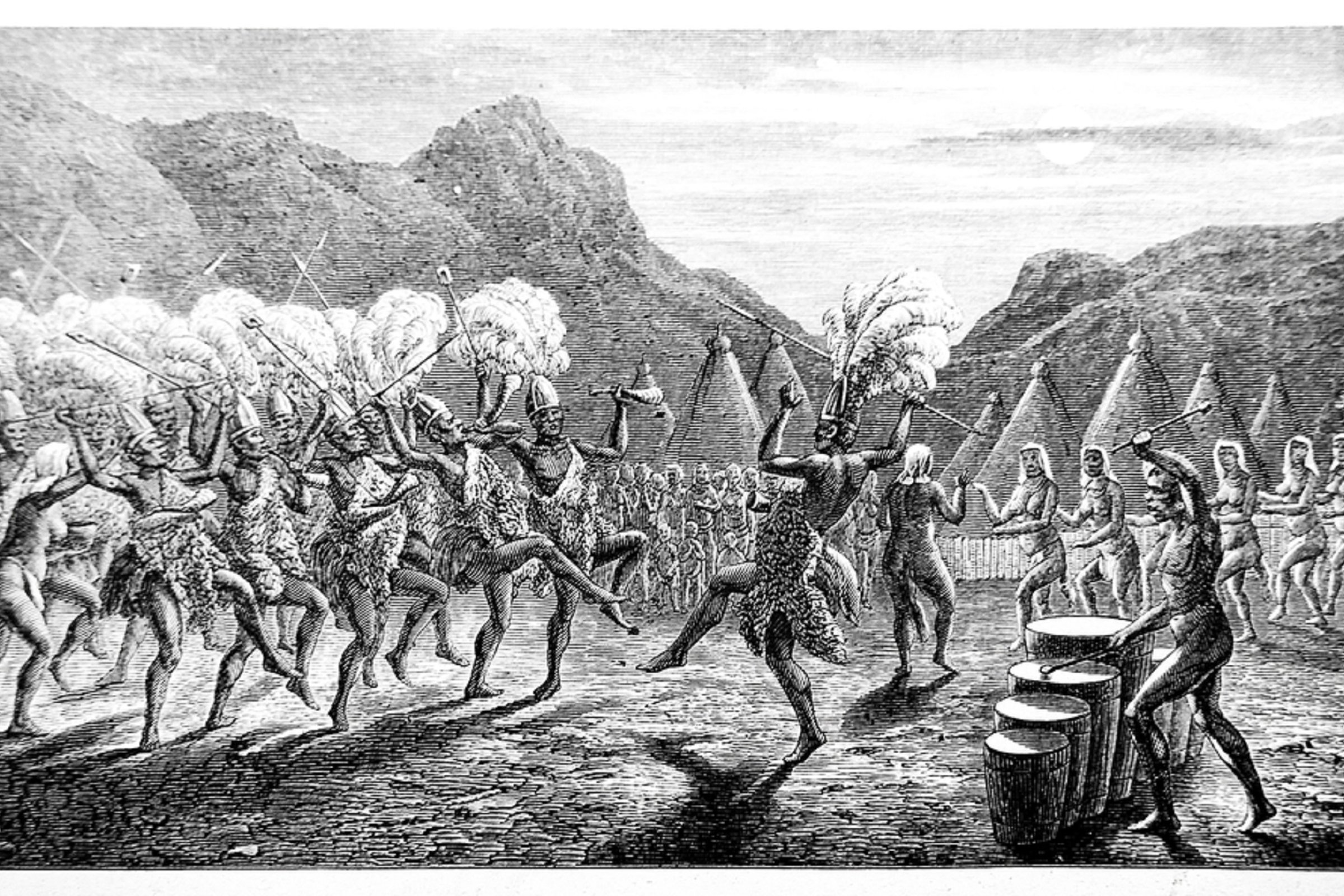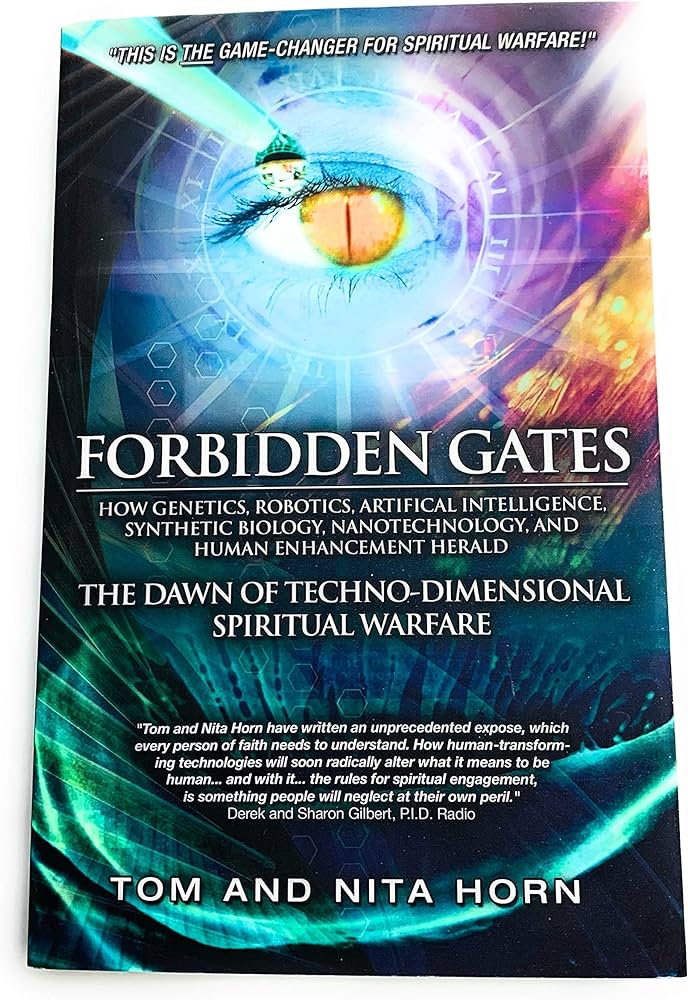Unveil the mysteries of an era that reshaped religion forever. Learn about the key events and figures that influenced religious beliefs and practices during the early modern period.
The Dawn of the Early Modern Period
The early modern period was a time of big changes. It began around 1500 and ended around 1800. This era was a bridge between the Middle Ages and modern history. It was an age of discovery, knowledge, and great shifts in the way people thought about religion.
Table of Changes in Early Modern Religion
| Event | Year | Impact |
|---|---|---|
| The Protestant Reformation | 1517 | Started new churches separate from the Catholic Church. |
| The Catholic Reformation | 1545 | Made important changes within the Catholic Church. |
| The English Reformation | 1534 | England formed its own church called the Church of England. |
| The Age of Enlightenment | 17th-18th Century | People started to use reason and science to understand the world. |
| The rise of Different Denominations | 16th-18th Century | Many new types of Christianity began. |

Credit: www.amazon.com

Credit: www.theosthinktank.co.uk
Landmark Events in Early Modern Religion
- The Protestant Reformation: In 1517, Martin Luther posted the 95 Theses. This event sparked new churches to break away from the Catholic Church.
- The Catholic Counter-Reformation: The Catholic Church made changes to keep its members. They had meetings called councils to decide on these changes.
- The Formation of The Church of England: King Henry VIII formed his own church. This allowed him to make rules for the church in England.
- The Age of Enlightenment: People began using science and reason. They started to ask questions about their faith and the church’s power.
- Diverse Christian Movements: During this time, many Christian groups started. They had different ideas from the Catholic Church and from each other.
Influential Figures Who Shaped Religion
- Martin Luther: He was a key figure in the Protestant Reformation. He wanted the church to change its ways.
- John Calvin: He led a movement in Christian thought called Calvinism. His ideas spread across Europe.
- Ignatius of Loyola: He founded the Jesuits. They were a group in the Catholic Church that helped it grow strong again.
- Galileo Galilei: His work in science made people think differently. It sometimes led to questions about what the church taught.
- John Wesley: He started the Methodist movement in Christianity. Wesley’s teachings reached many people.
The Lasting Legacy of Early Modern Religious History
The early modern period changed religion in many ways. Some churches now have different styles of worship. People can choose which church they want to go to. The changes in thought and belief during this time still touch our lives today. This era showed us the power of new ideas and the importance of freedom in religion.
Frequently Asked Questions On Early Modern Religion History: Faith’s Evolution Unveiled
What Sparked The Reformation?
The Reformation began due to growing discontent with the Catholic Church’s practices, like the sale of indulgences, and calls for religious and moral reform.
How Did The Enlightenment Influence Religion?
The Enlightenment, emphasizing reason and individualism, challenged traditional religious authority and led to the rise of deism and secularism in Europe.
What Roles Did Women Play In Early Modern Religion?
Women in early modern religion often were keepers of household faith practices, and in some movements, like Quakerism, they could be preachers and leaders.
What Was The Counter-reformation’s Purpose?
The Counter-Reformation aimed to reform the Catholic Church from within, combat Protestantism, and reaffirm Catholic doctrines during the 16th century.
Guest Author Sakhawat-Shuvo wrote and edited this Article based on his best knowledge and understanding. These opinions and remarks are not endorsed or guaranteed by epichistoria.com or EpicHistoria. The Epic Historia does not guarantee this article’s content. Readers should verify and use their judgment before trusting the content. Also, the Images used in this Article are the copyright of their Respective Owners. Please use our Comment Box or Contact Us form to report this content. This information is not accountable for losses, injuries, or damages.

